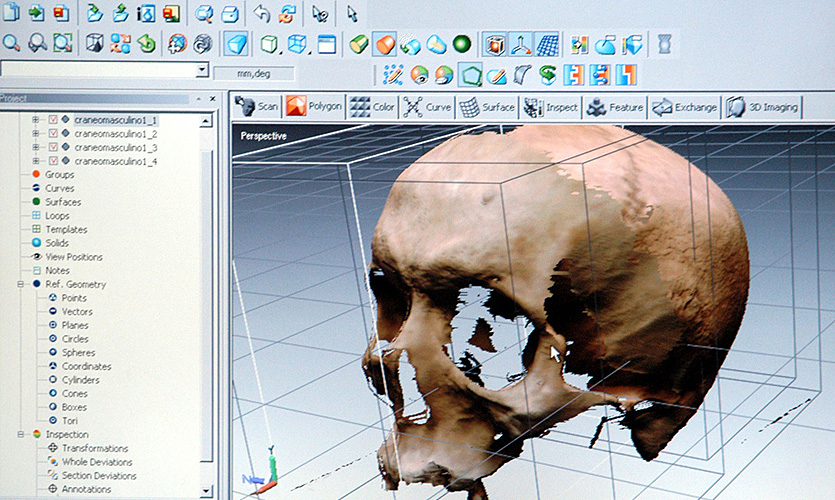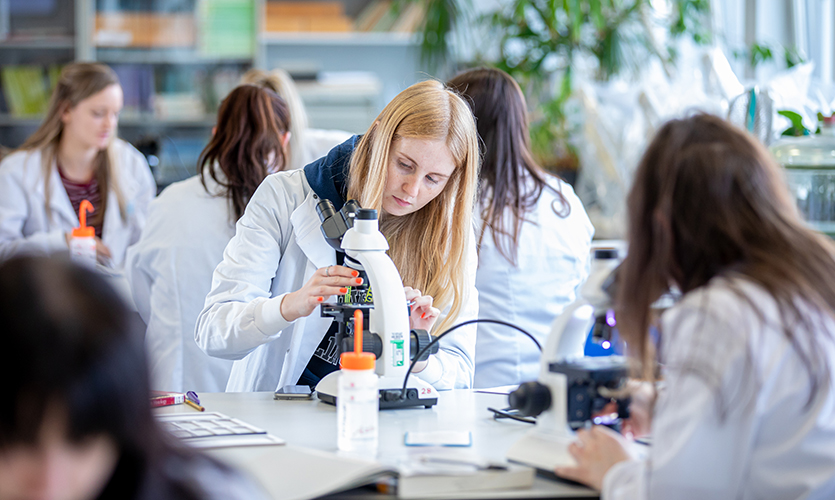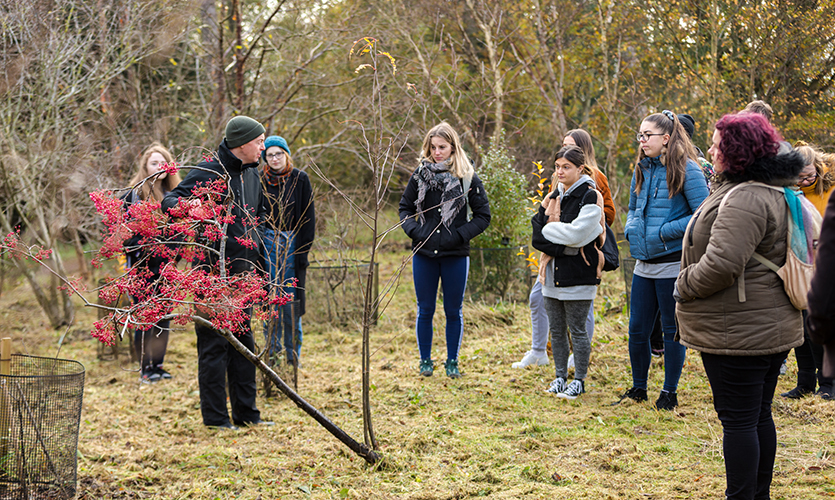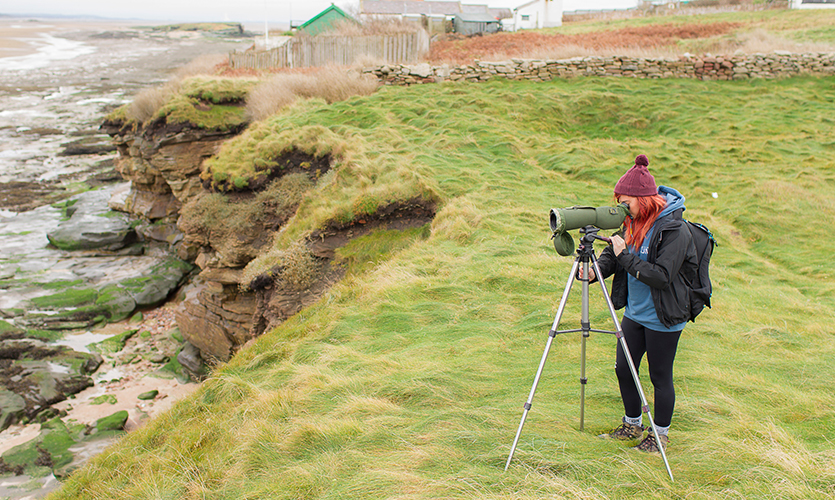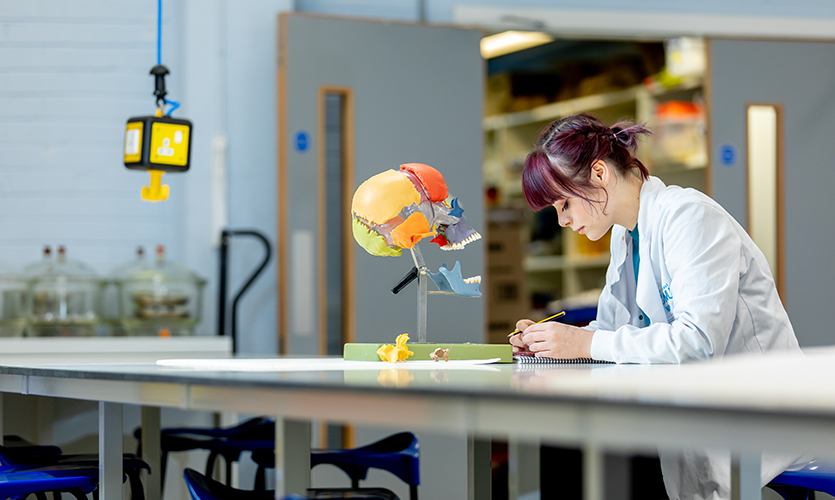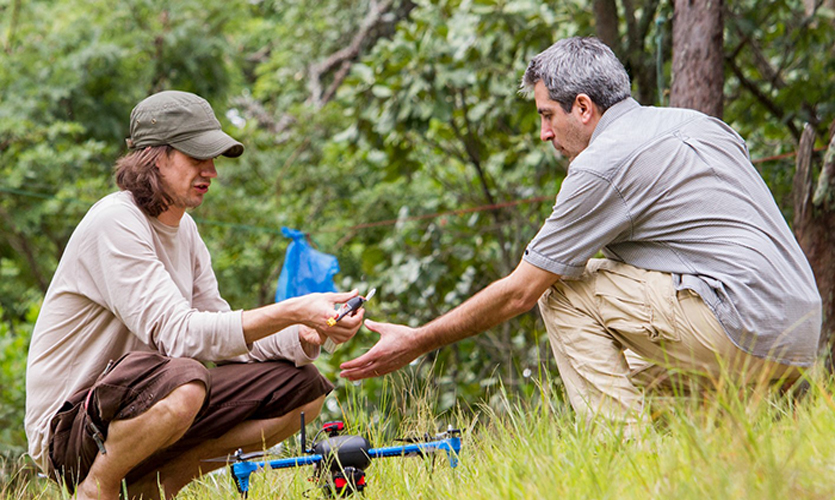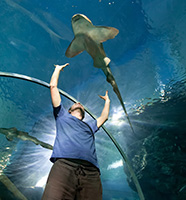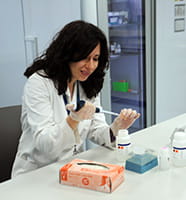School of Biological and Environmental Sciences facilities
Excellent facilities for all subject areas
New state-of-the-art laboratories and excellent teaching spaces means we offer students and researchers world-class facilities.
The James Parsons and Life Sciences buildings have received over £10M investments since 2015 to equip the biosciences and environmental studies laboratories with state-of-the-art equipment to match the profiles and activities of the four research groups. These facilities are managed by seven Senior Research Officers and seven Technicians and, in line with the University’s climate emergency commitment and ambitious carbon targets, use electric supplies from renewable sources.
Take a virtual tour of our facilities in the James Parsons Building and Life Sciences Building.
This infrastructure includes:
- Twelve completely renovated bioscience laboratories, over three floors, dedicated to the disciplines of biochemistry, genomics, microbiology, microscopy and molecular biology. These host several High-Performance Liquid Chromatography (HPLC) instruments, Quadrupole Time-of-Flight (Q-ToF) Mass Spectrometers, and two Scanning Electron Microscopes (SEM) complete with X-ray back-scattering detector systems. We have self-contained separate DNA isolation rooms for both ancient and environmental DNA, multiple thermocyclers, RT-qPCR, Tapestation, Genome Analyzer, Illumina and Nanopore sequencing workstations. We also have ample -80°C biobanking facilities and portable freezing and liquid nitrogen preservation units for field sampling.
- A large greenhouse facility supports research on plant ecology, genomics and physiology.
- Wildlife and landscape monitoring at LJMU is powerfully supported by a world-class drone lab, featuring six drone flight simulators, several workbenches for building and customising drones, aided by design software, cutting machine and 3D printers. The University also has a closed netted area on campus and a private flying field adjacent to one of the city’s largest parks for testing flights and training of staff and research students.
- A broad range of environmental and anthropological research takes place in several wet and dry labs, which include: i) two positive pressure laboratories for wet chemistry, palynology and solvent extraction for GCMS, ii) a facility with laser particle sizer, carbon and nitrogen analysers, furnaces, p-XRF, iii) equipment for atmospheric gas sampling including ultra-portable greenhouse gas analyser (CO2 and CH4), ground-penetrating radar, automatic water samplers and soil micromorphology, iv) ample microscopy suites with transmitted light, reflected light, polarising, and UV-fluorescence, all equipped with image capture. We also house a dedicated GIS suite, a specialist laboratory for handling human remains and animal bones, as well as five CONVIRON Genesis plant growth chambers.
"Basic scientific practices picked up in practical assessments gave me a head start in my training. I never knew learning how to stain tissue slides and use a Neubauer chamber to count cells would come in so useful!"


